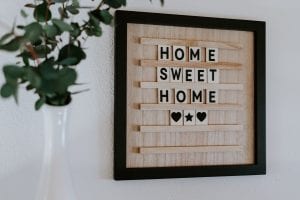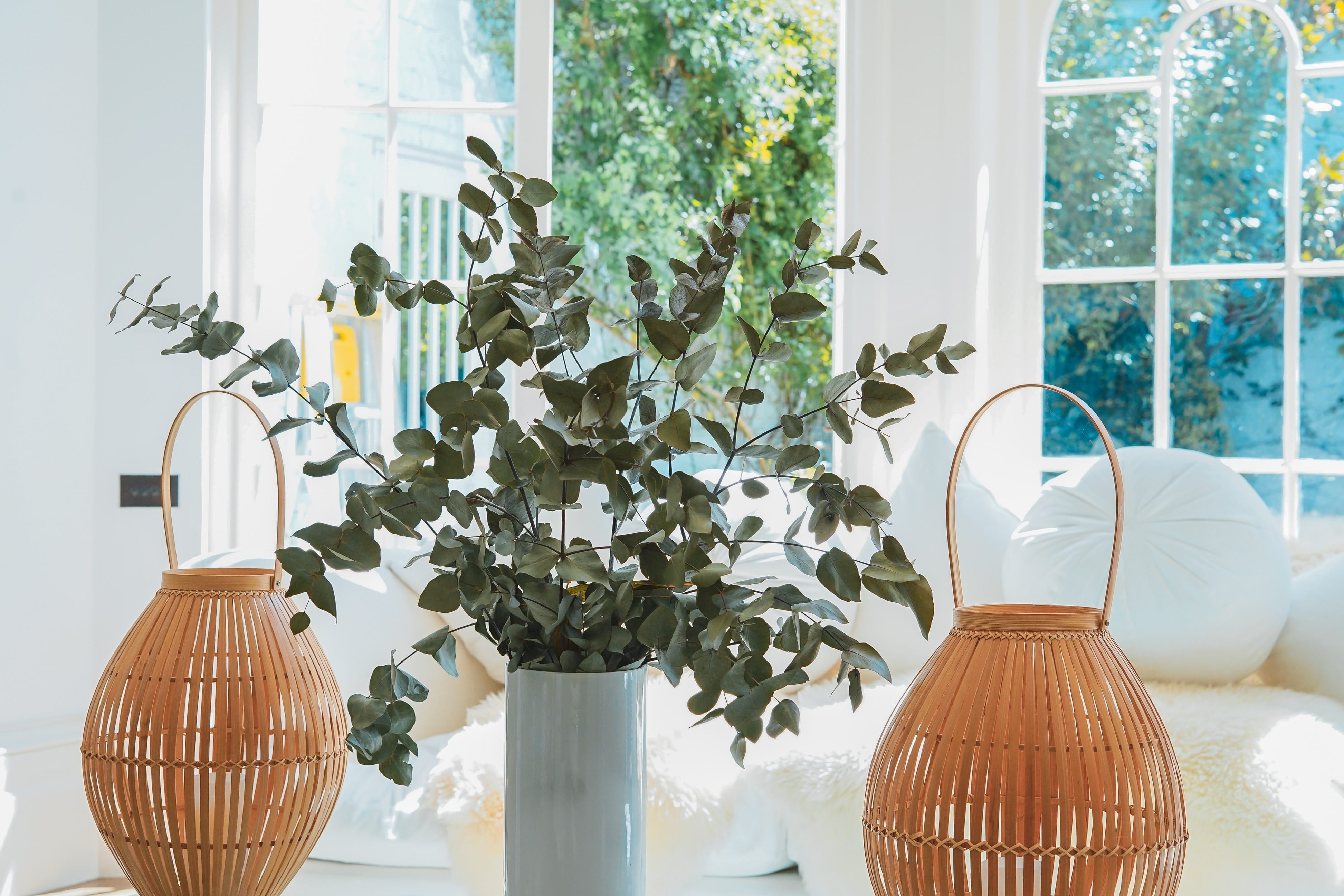The colors on the walls aren’t just there for show. They have a specific function that you might not be aware of. Colors can evoke an emotional reaction and influence how you feel at any given moment.
Decorating your home is a lot like setting the stage for a play. Every design decision you make will influence how you see your rooms. When it comes to designing your home, you’re both the playwright and the audience. You need to use your décor to elicit a desired emotional response. A lot of psychology goes into designing a home, and you can significantly affect how you feel when you walk into a room.
You want your home to feel like your personal oasis and sanctuary. To do this, you need to take advantage of some design psychology and turn it into your ideal happy place.
Different colors evoke different emotions
The colors on the walls aren’t just there for show. They have a specific function that you might not be aware of. Colors can evoke an emotional reaction and influence how you feel at any given moment. This is something brands take advantage of in their product and office designs to make sure people get a desired emotional reaction when doing business with them.
This is something people can apply to their home décor with great results. It’s not as simple as adding color and creating emotion, as different shades and hues can have a big impact. Still, there are some key tenets that designers can agree on. Colors like red evoke a powerful and passionate response. You’re supposed to be on edge while you’re surrounded by reds. Yellow is upbeat and happy, which is why a lot of children’s playgrounds are made with yellow details.
Colors like blue are pretty straightforward. They keep you calm and relaxed, reducing feelings of anxiety and stress. The trick is to combine these colors in great combinations that evoke more complex emotions.
Perception of space beats reality
Less is more, except when it comes to space. Having enough room in your home is essential for a variety of things. You can organize furniture as you please and you never have to worry about it being cramped or stuffy. Some homes feel this way even with a lot of available space, which seems counterintuitive when you think about it. The truth is that it’s all about how you manage the space you’re given.

You can easily make a small space seem bigger with some redecoration. It’s all about creating the illusion of more space, even when it’s not the real thing. The real question is: how do you get it right?
Start with the furniture in the room. Make sure that your pieces are slimmer and scaled to size. This will give the room around them some extra air, making it feel bigger. Mirrors are very important elements that influence your perception of a room. If you put a large mirror on the back wall, you’re going to find that the room feels twice as big, even though nothing has really changed. Top it off with some sparse wall hangings and your rooms will feel even more spacious with little effort.
Practical décor works wonders
Everyone wants to have an attractive home that they can enjoy looking at. Being able to show off your fine taste in décor to your friends is a nice little bonus as well. However, your home can’t be all look and no fun. You need to make sure that you actually enjoy spending time in a room.
Getting the look right isn’t all that difficult. The tough part is creating an attractive display while also making it comfortable. Start with the furniture. No matter what aesthetic you’re going for, the furniture needs to be spacious enough to let you lounge around comfortably. If you like classic and vintage furniture, you can always add a rocking chair into the mix. Get comfy with your favorite book and some tea and you’re going to never want to get up.
Pillows are your best friends. Find some attractive and fluffy pillows to adorn your couch or sofa. It’s a small touch that can add a lot of visual stimulation, while also being extremely comfortable.
A touch of nature helps
Houseplants are something a lot of homeowners take for granted. They might seem like just another part of the décor, but they’re actually so much more. Plants have an enormous effect on how you perceive a room. They can a lot to the visual component of the room. The green colors of most leafy plants will go well with any décor, and the interesting shapes will add some extra personality.
However, plants have a little something extra up their sleeves. Did you know that looking at plants can reduce feelings of stress and anxiety? It makes you feel like you’re not far from a natural environment. Just by having plants in your room, you’re greatly contributing to the relaxation and comfort factors of your home.
It’s not all in your head, either. Plants help produce extra oxygen, which can make rooms feel a lot less stuffy. All that extra air will let you take a literal and figurative breather any time you enter a room. Plants aren’t difficult to find and you’ll be hard-pressed to find a plant that doesn’t match your décor.
Conclusion
Designing a home is a lot more than just putting the right furniture in its place. You need to understand that every change you make will influence the way you feel. With the right psychological know-how, you can make your house feel like a home.


Join the conversation!